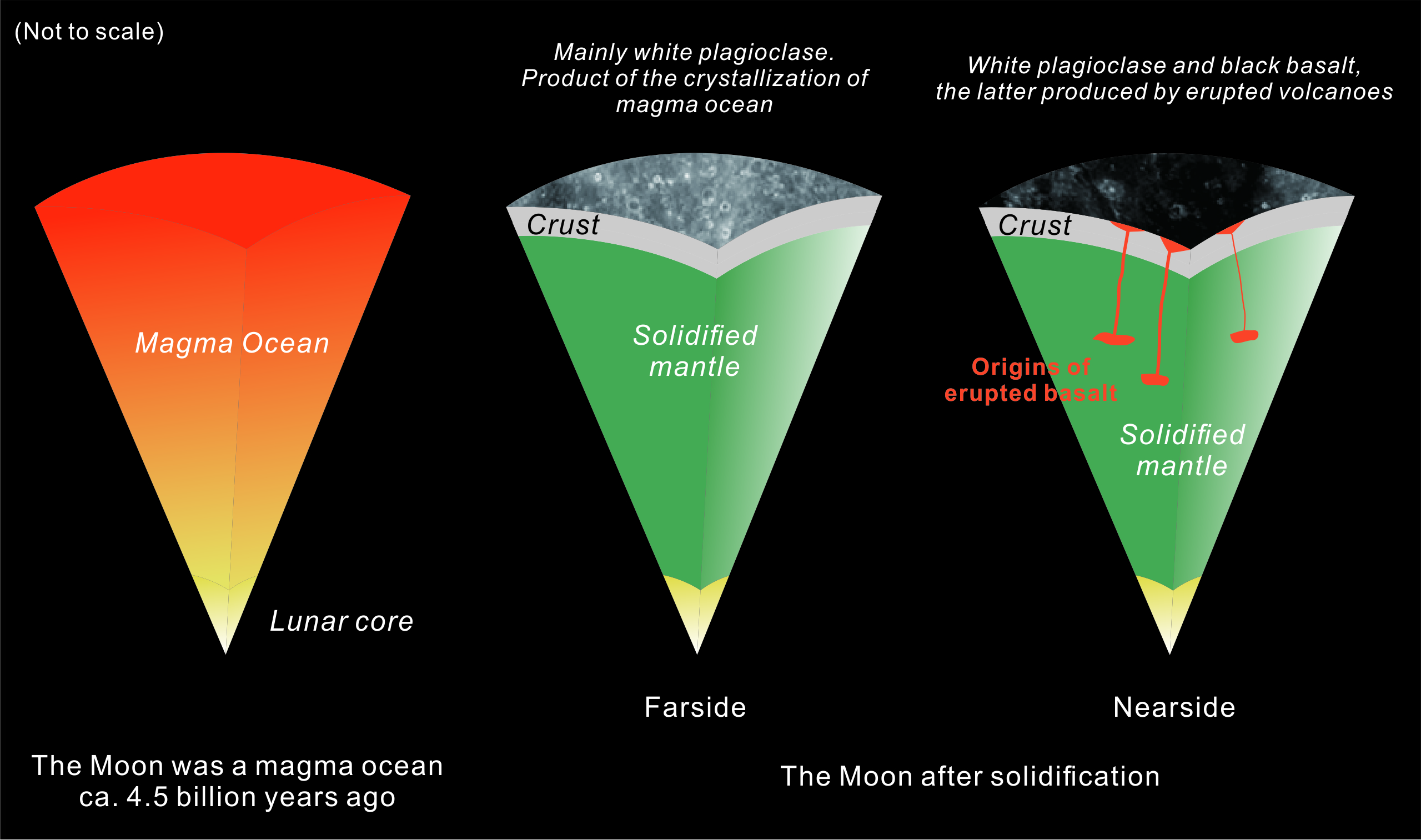2025-06-24 東京大学

量子ダイナミクスからエネルギーを計算する量子アルゴリズムのイメージ図量子状態の動的な性質を干渉させることで、固有エネルギーという静的な性質を抽出している。
<関連情報>
- https://www.u-tokyo.ac.jp/focus/ja/press/z1701_00066.html
- https://www.u-tokyo.ac.jp/content/400266454.pdf
- https://www.nature.com/articles/s41467-025-59716-z
量子プロセッサー上での大規模多体ハミルトニアンのクリロフ対角化 Krylov diagonalization of large many-body Hamiltonians on a quantum processor
Nobuyuki Yoshioka,Mirko Amico,William Kirby,Petar Jurcevic,Arkopal Dutt,Bryce Fuller,Shelly Garion,Holger Haas,Ikko Hamamura,Alexander Ivrii,Ritajit Majumdar,Zlatko Minev,Mario Motta,Bibek Pokharel,Pedro Rivero,Kunal Sharma,Christopher J. Wood,Ali Javadi-Abhari & Antonio Mezzacapo
Nature Communications Published:24 June 2025
DOI:https://doi.org/10.1038/s41467-025-59716-z
Abstract
The estimation of low energies of many-body systems is a cornerstone of the computational quantum sciences. Variational quantum algorithms can be used to prepare ground states on pre-fault-tolerant quantum processors, but their lack of convergence guarantees and impractical number of cost function estimations prevent systematic scaling of experiments to large systems. Alternatives to variational approaches are needed for large-scale experiments on pre-fault-tolerant devices. Here, we use a superconducting quantum processor to compute eigenenergies of quantum many-body systems on two-dimensional lattices of up to 56 sites, using the Krylov quantum diagonalization algorithm, an analog of the well-known classical diagonalization technique. We construct subspaces of the many-body Hilbert space using Trotterized unitary evolutions executed on the quantum processor, and classically diagonalize many-body interacting Hamiltonians within those subspaces. These experiments demonstrate exponential convergence towards an estimate of the ground state energy, and show that quantum diagonalization algorithms are poised to complement their classical counterparts at the foundation of computational methods for quantum systems.



